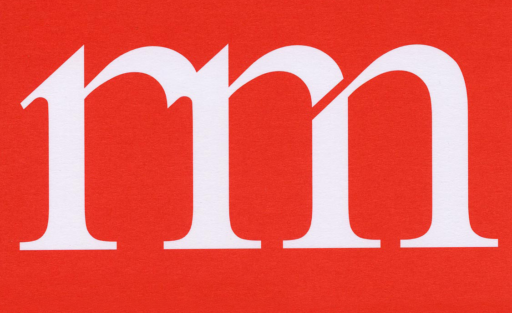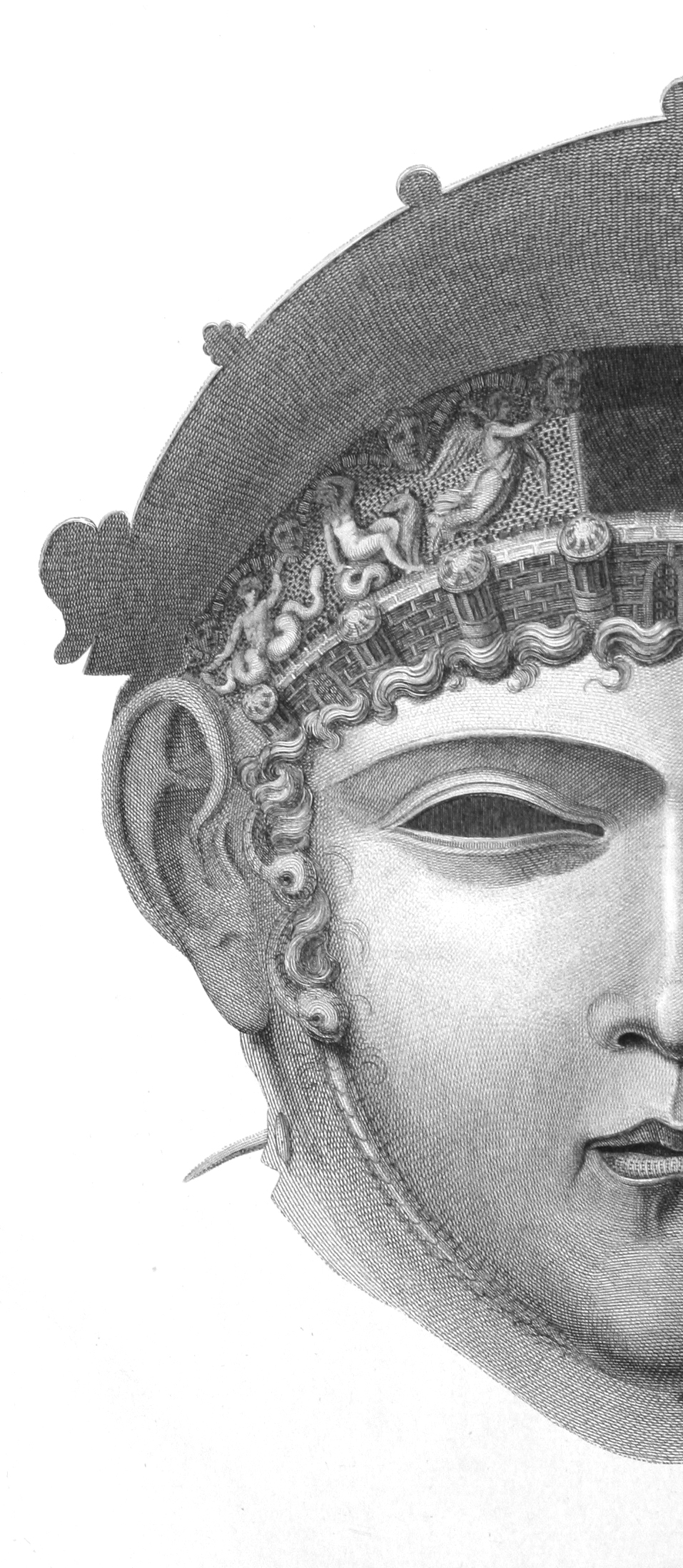Antiquarian and archaeological interest has been shown in Ribchester since the sixteenth century. Henry VIII dispatched the scholar John Leyland throughout the kingdom to compile a record of valuable books in monastic libraries. Leyland also made records of historic features and during this journey of discovery he visited Ribchester, remarking upon a Jewish temple (as he mis-identified it) that had apparently once stood there. Thereafter a constant stream of notables visited the village, documenting what they saw. These included William Camden, who first mentioned the presence of the Romans at Ribchester, William Stukeley, John Horsley, Thomas Pennant and others.
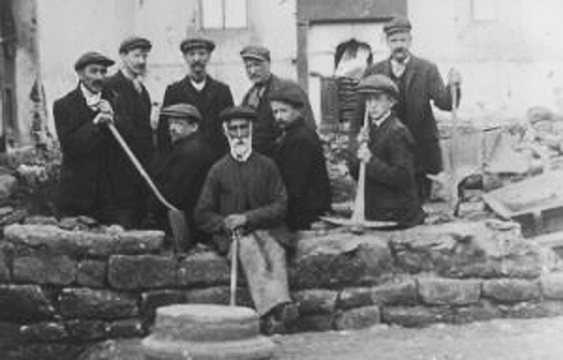
In the nineteenth century the first organized excavations took place at Bremetenacum. However, it wasn’t until the beginning of the twentieth century that properly recorded excavations were undertaken. Of special importance were those conducted by Thomas May and Donald Atkinson whose work produced a plan of the fort. Since then small and large scale digs, undertaken by amateurs and professionals alike, have contributed to our understanding of Roman Ribchester.
Although most early work concentrated on the fort, during the 1970s and 80s the civilian settlement beyond the fort walls was explored more thoroughly. This culminated in an extensive investigation of St Wilfrid’s Graveyard during 1989 and 1990. This resulted in a much deeper understanding of the vicus and activity within it. It also meant that the Museum took possession of a vast collection of artefacts, the best of which are on display. Since the 1990s most work has been small scale. However, a gradual accumulation of data and objects from across Ribchester has further added to our knowledge of this fascinating and important site.
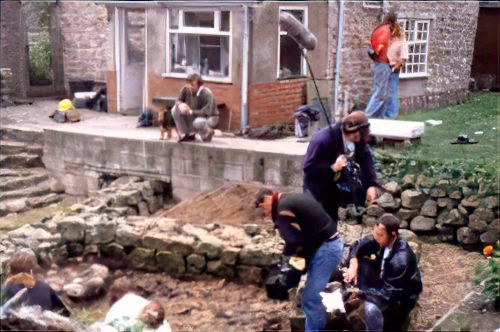
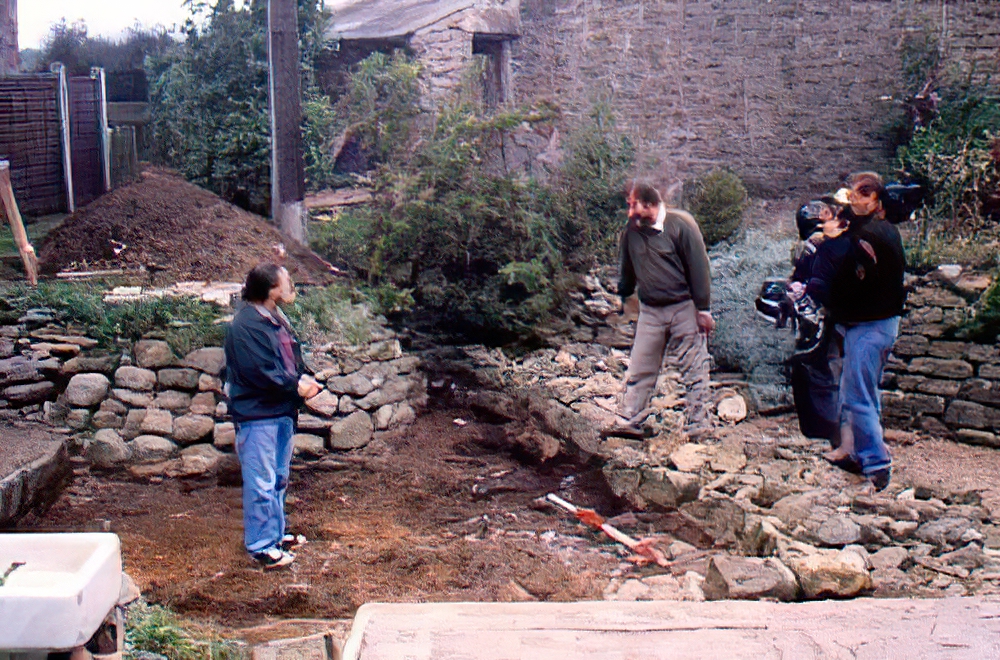
In more recent times the University of Central Lancashire have conducted a series of undergraduate excavations within the boundary of the fort, in the vicinity of the north gate which lies adjacent to the present day playing field behind a line of trees. To read more about these excavations, which began in 2015, check out their dedicated website here.
